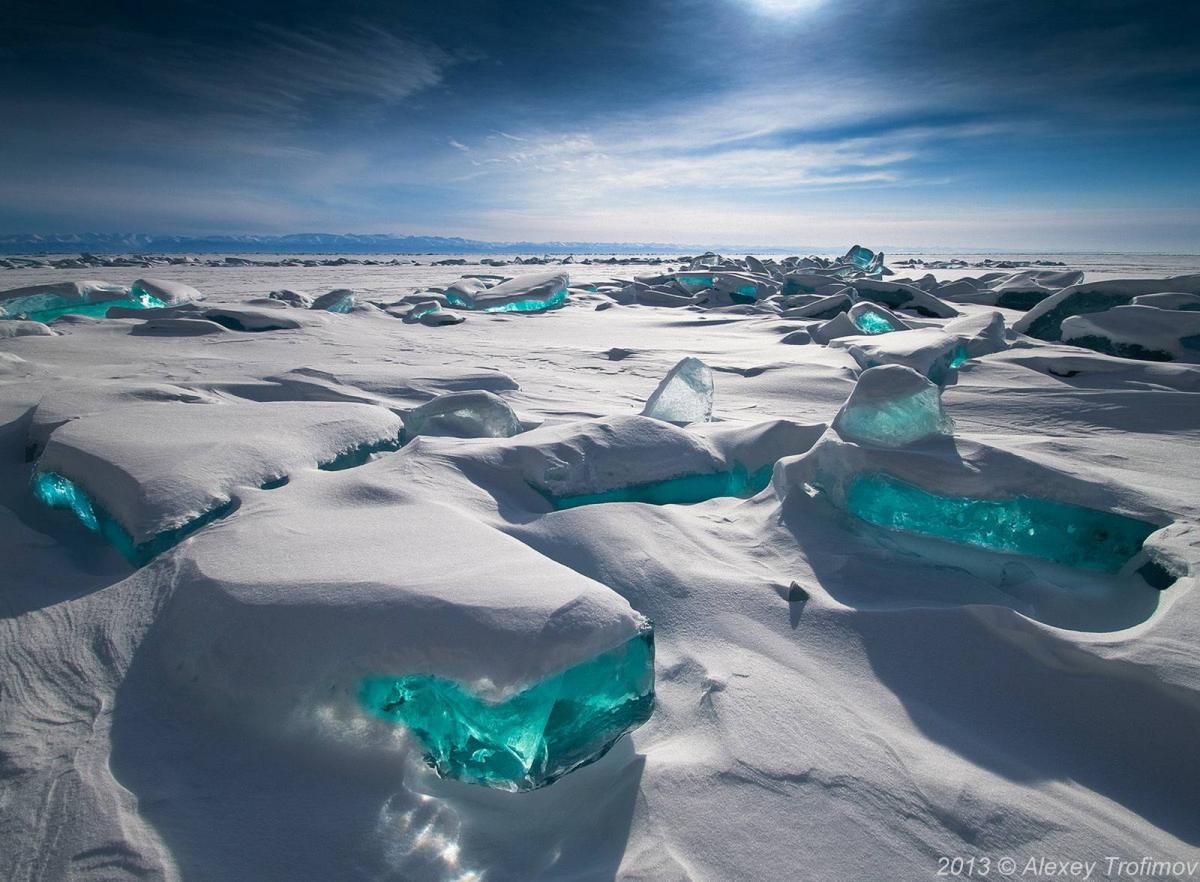
Lake Baikal is the world’s oldest lake, estimated to have formed 20-25 million years ago, during the Mesozoic period. It is also the deepest freshwater lake, with 730 m average depth and maximum depth of 1,620 m. The lake holds 25 % of the world’s fresh water and more than 80 % of the fresh water of what used to be the Soviet Union. Interestingly, it would take a year for all the rivers in the world -namely Volga, Don, Dneper and Yenisei, Ural,Ob, Ganges, Orinoco, Seine, Oder, Amazon, or Thames,–to fill lake Baikal’s basin. Baikal is 636 km. long, 48 km wide on average, and the widest point of the lake is 79.4 km
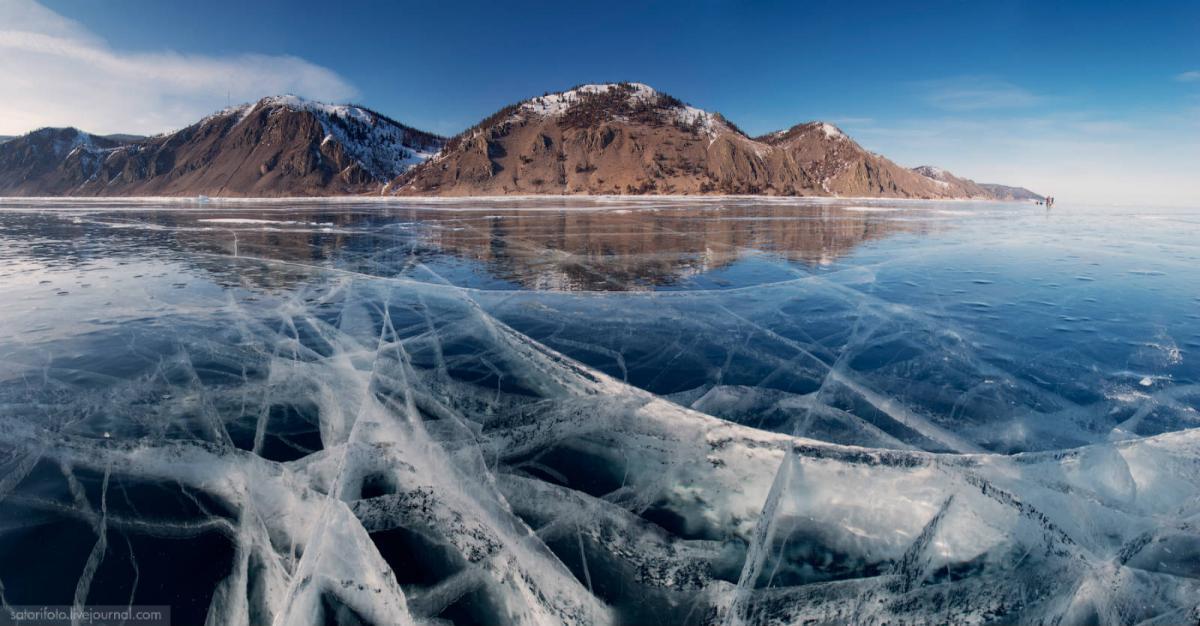
Climate
Compared to the climate of the areas nearby, Baikal’s climate is relatively mild. The average temperature during the winter season is −6 °F (−21 °C), and the summer air temperatures are measured at 52 °F (11 °C) on average. In the middle of winter the lake’s waters are frozen; the ice on the surface begins to melt in May or June. The water temperature isn’t too low either; the temperature of the shallowest areas can reach up to 68 °F (20 °C). Waves do occur in the lake, however they are not higher than 15 feet (4.6 metres). Visibility through the depths of the water is quite possible, since one can see up to 130 feet (40 metres) deep down from the water surface. Unlike some other lakes, Baikal has low salt content; it also contains some mineral resources.
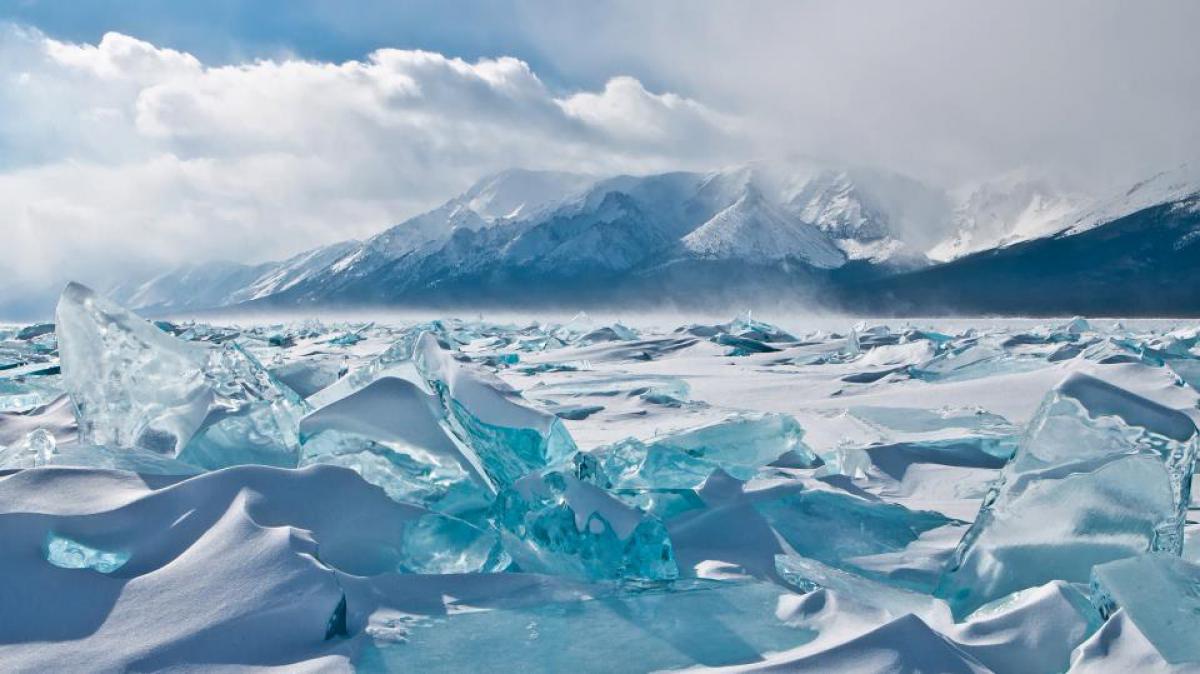
Flora and fauna
The oxygen-rich waters of the lake provide an extreme variety and lavishness of plant and animal life in the Baikal area. The estimation of the number of animal species in the lake is reaches about 1800. Gobies, omul salmon, grayling, sturgeon and whitefish are just a few of the many animal species thriving at different depths of the lake waters. The most bizarre and unique of all is the golomyanka, a representative of the Comephoridae family. Its extraordinariness includes the fact that this pink fish gives birth to live young. It is also the favorite meal on the seals’ menu. The Baikal seals(nerpa, or Phoca sibirica)are the only mammals inhabiting the lake. The majestic snowcapped mountains surrounding lake Baikal are the home of more than 320 species of birds. The region’s taiga(the Siberian forest) thrives with sables and many other animals valued for their high quality fur. The vicinity of Baikal is dotted with numerous hot springs and mineral laden waters of excellent quality.
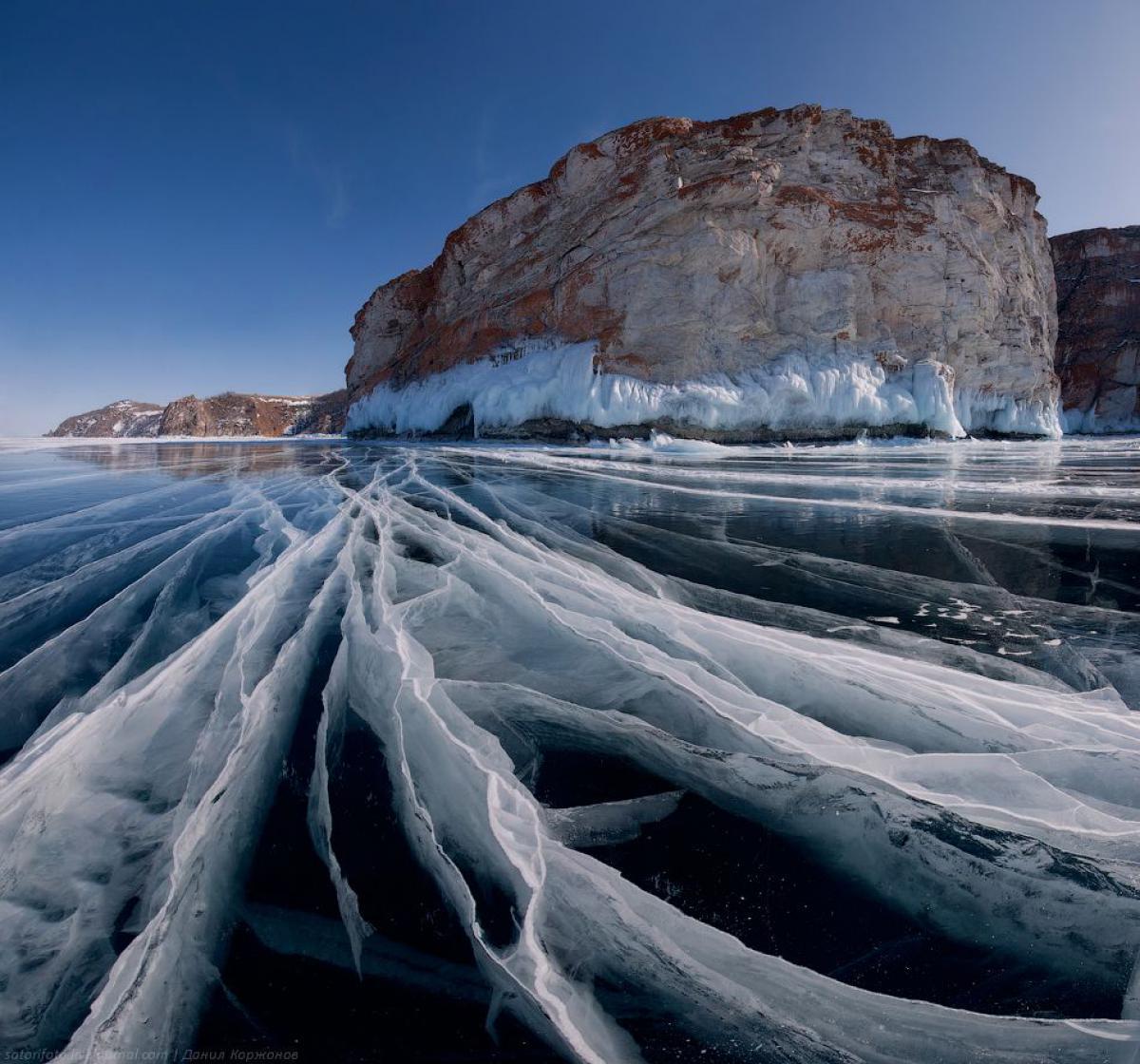
Nature, history and ecology
The historical and ecological issue about lake Baikal are bound together in their onset in 1957, when the Soviet government announced the plans for a pulp-and-paper plant in Baikalsk. So far the public had obediently followed the Soviet regulations and resolutions, but not anymore. A group of local activists, environmentalists, scientists, writers, fishermen, developers and ordinary citizens held demonstrations and protests against the industrial construction. These environmentalist events came to be the ignition of the Soviet alertness and activism that was bound to come. Yet, the voice of nature would not be heard for the time being. The protests carried on, and reached an initial positive outcome in April 1987 when finally lake Baikal was protected with a comprehensive decree. By 1993,the cellulose factory had to be altered for environmentally-friendly activities. Unfortunately, the plant still emits smoke and produces industrial waste, harmful for the lake. According to experts from many international expeditions in the vicinity of Baikal, the lake is still the cleanest reserve of fresh water, however, the harmful impact of industrialization on Baikal’s ecosystem should be restricted, unless we seek the demise of this harmonious and peaceful area.
Find some information about 4 other most amazing lakes here
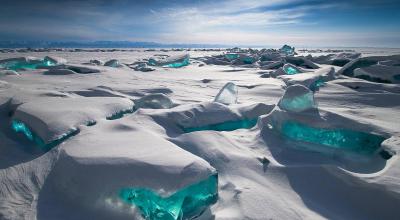
Leave a Reply